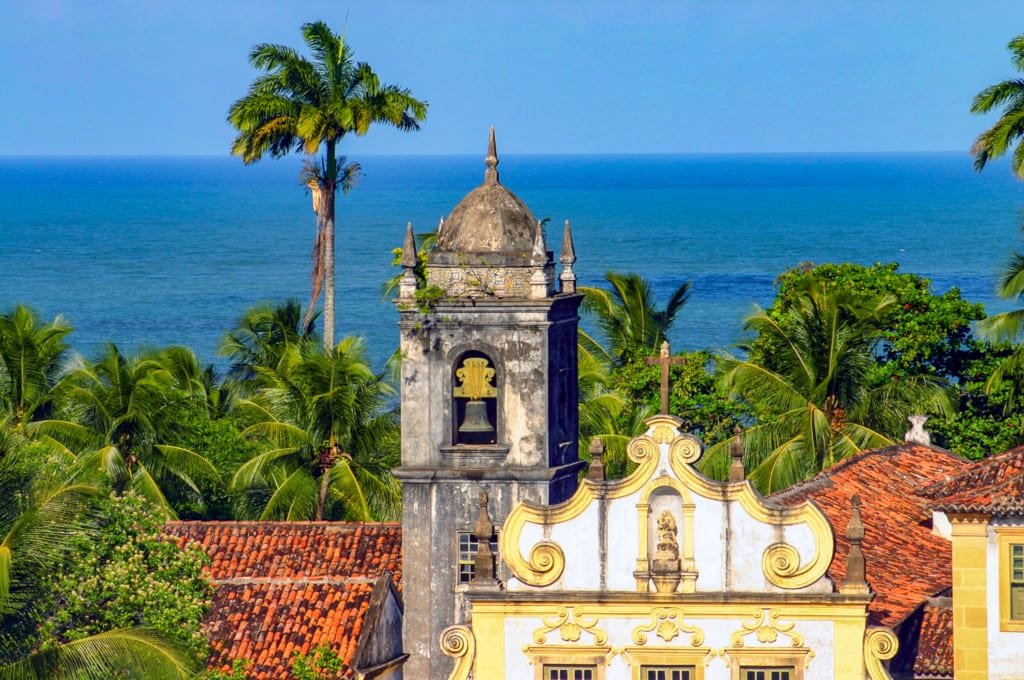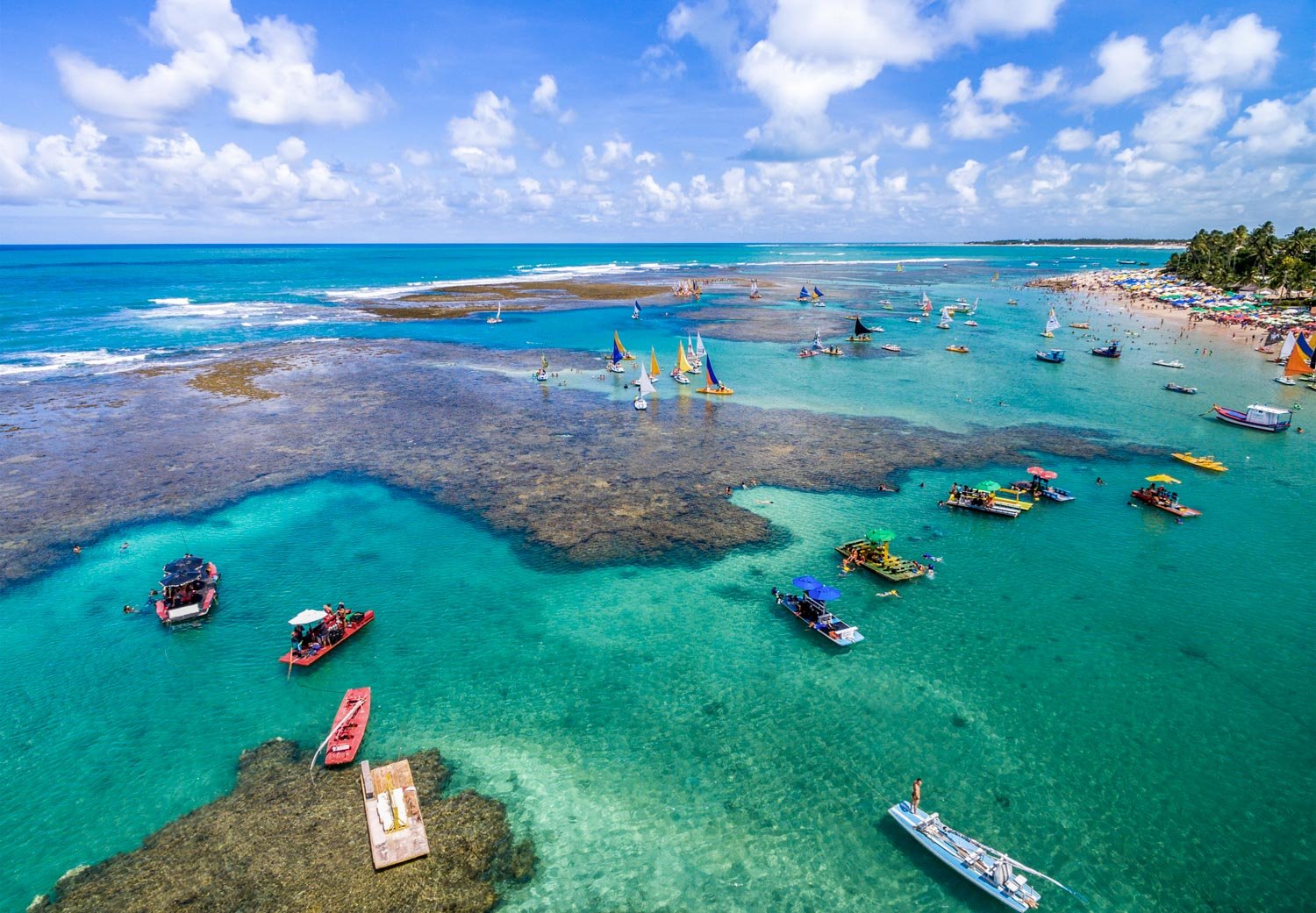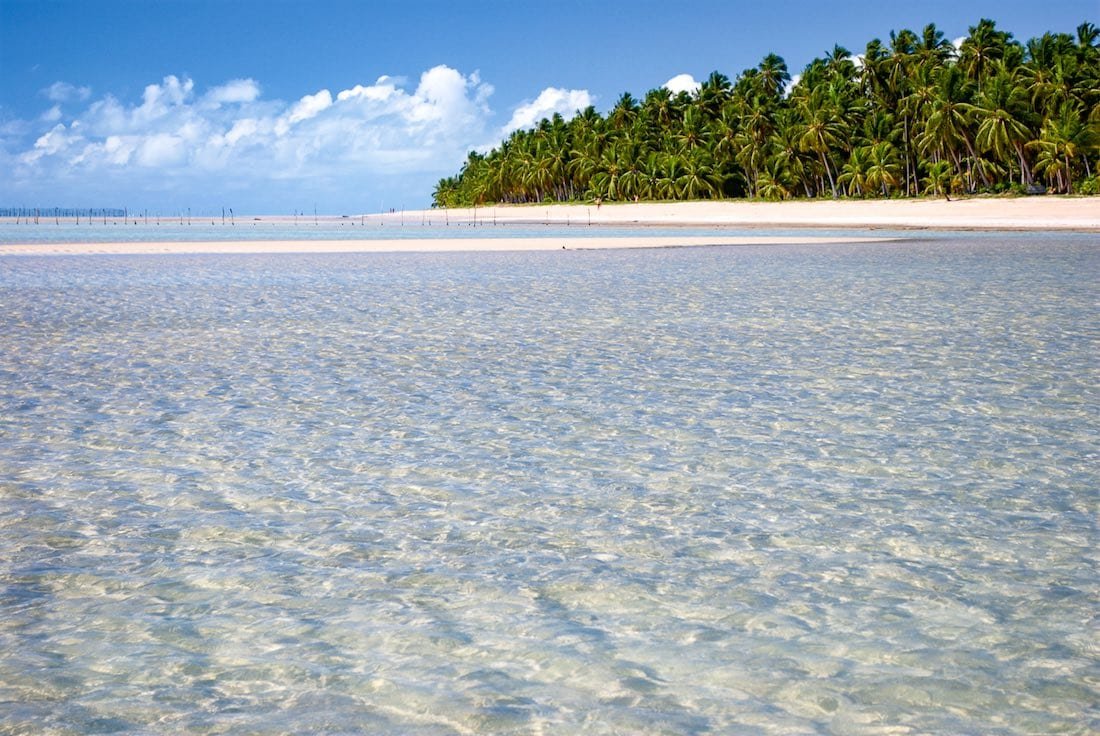Recife and Olinda: Pillars of Colonial History
Recife and Olinda are pillars of northeastern Brazil’s colonial history. Recife was established as a sugar cane port in the 16th century. Olinda, located just a few miles to the north, was founded in 1535 as a capitania—a hereditary fiefdom—of the Portuguese crown.
In 1631, Dutch invaders burned Olinda and captured Recife, controlling the region’s valuable sugar plantations for the next 20 years.

Old Recife has maintained much of its colonial charm; even as the country’s fifth-largest metropolis sprouted up around it.
Olinda was declared a UNESCO Cultural Heritage Site in 1982, sparking ongoing restorations of its churches, cobbled streets, and monastery.
Itamaracá Island
Itamaracá Island, circled by sunken warships and eleven enticing beaches, lies about 30 miles north of Recife.

To the south, an area known as Porto de Galinhas draws sun seekers, snorkelers, and kite surfers to beaches including Maracaipe, Muro Alto, and Tamandaré.

Olinda and Recifeare year-round destinations, with a tropical climate hovering between 74° and 95°F. Warm rains are more common from April to July.
Getting to Recife and Olinda
Recife and Olinda are accessible through Guararapes International Airport. Flights from Sao Paulo reach either destination in under three hours.

Start your journey today
Speak with one of our travel designers and let us create a tailored itinerary for you in Recife and Olinda.
